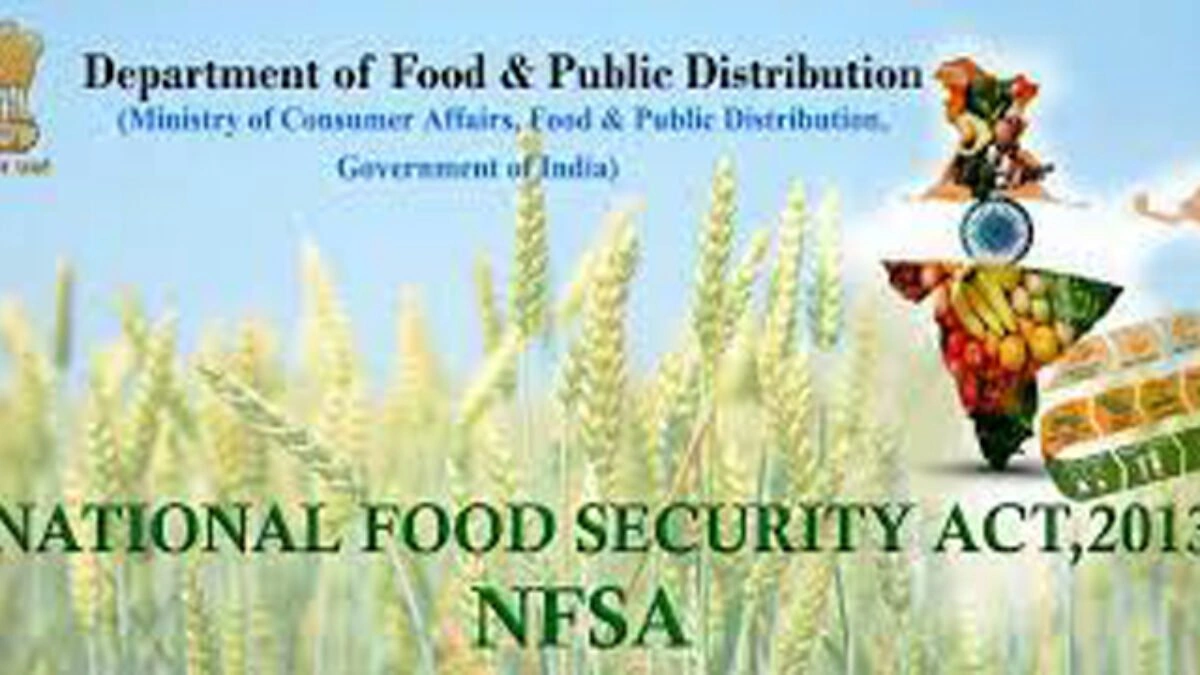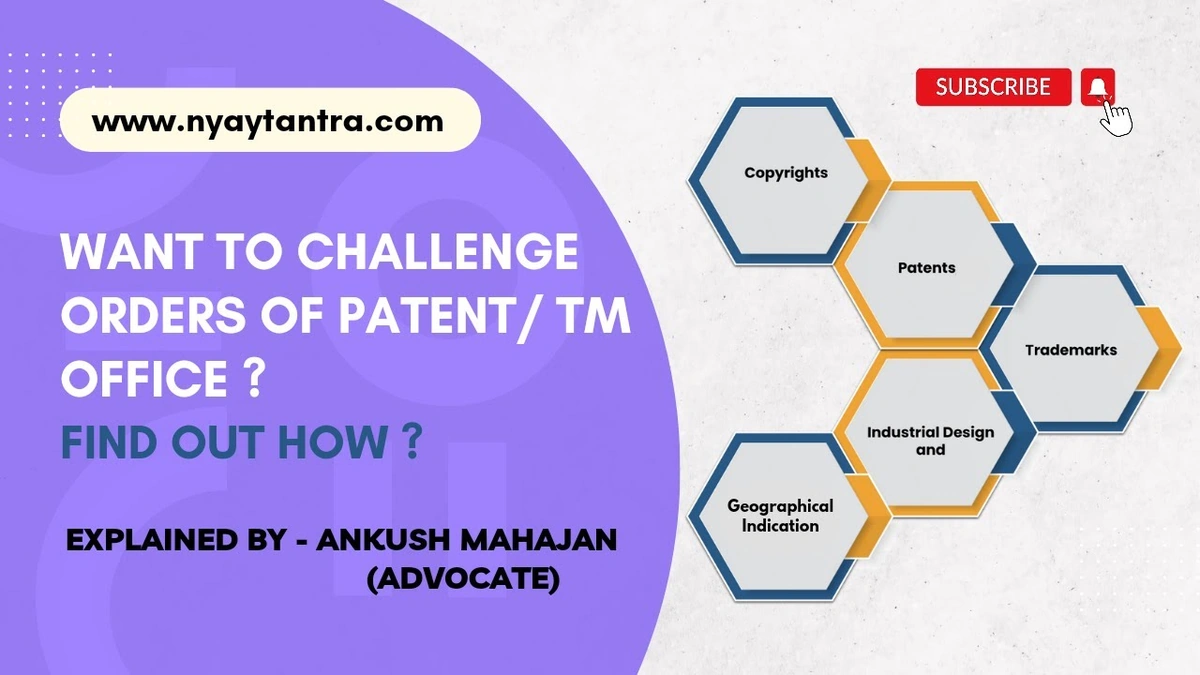NFSA Isn’t Just About Free Ration | Why India’s Giant Food Law Matters More Than You Think
You’ve seen it. The long, patient queue snaking outside a small, often blue-painted shop in your neighbourhood or village. The quiet exchange of a card for a weighty bag of grain. We call it the ration shop, and for millions, it’s a lifeline. But have you ever stopped to wonder about the massive, complex system humming behind that simple transaction? That system has a name: the NFSA .
Let’s be honest, acronyms like NFSA (National Food Security Act) sound dry, bureaucratic, and distant. They feel like something you’d hear on the evening news and immediately forget. But here’s the thing: the NFSA is one of the most ambitious and profoundly human pieces of legislation in the world. It’s not about charity or a government handout. It’s a radical idea, written into law, that says access to food is not a privilege, but a fundamental human right.
I used to think of it as just “sarkari anaj.” But when you dig into why it exists and how it works, you realise it’s a fascinating story about economics, technology, and human dignity. So, grab a coffee, and let’s unpack what the NFSA really is, and why it’s a much bigger deal than just a few kilos of rice.
First, What Exactly is the National Food Security Act?
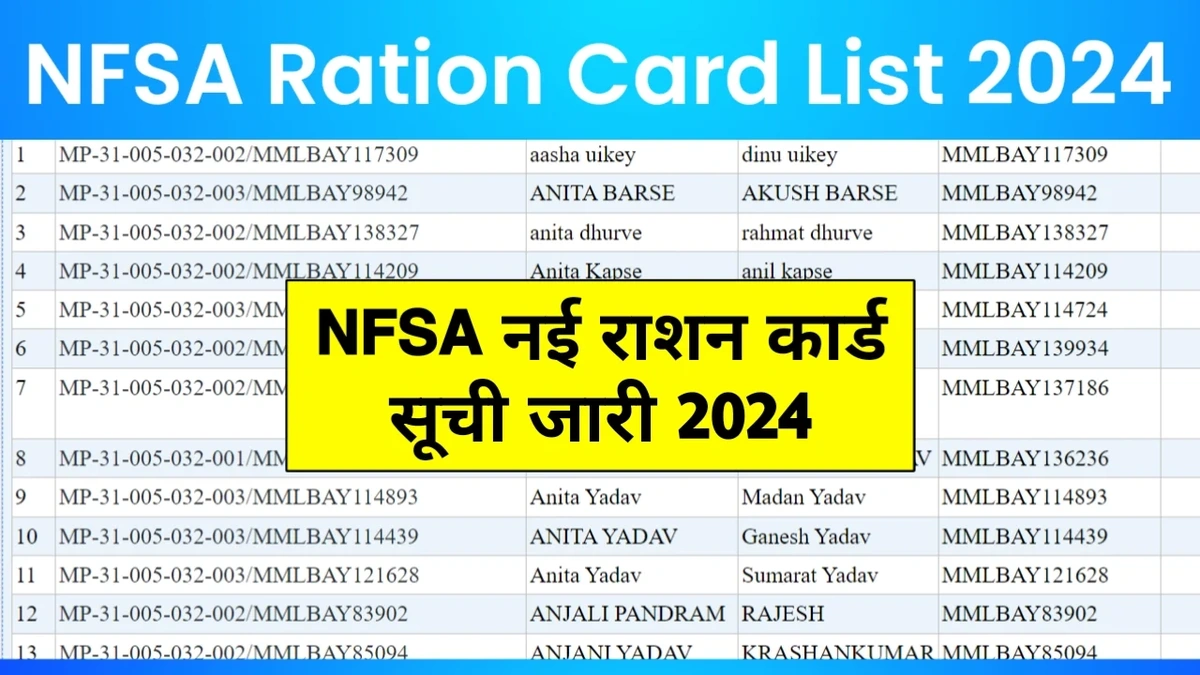
Think of it as the rulebook that governs the world’s largest food safety net. Passed in 2013, the National Food Security Act , or NFSA, legally entitled a staggering portion of our population up to 75% of rural India and 50% of urban India to receive subsidised food grains.
It’s not a one-size-fits-all deal. The Act smartly divides households into two main categories:
- Antyodaya Anna Yojana (AAY) Households: These are identified as the “poorest of the poor.” Think of families without a stable income, headed by widows or disabled persons, or landless labourers. Under the NFSA, they are entitled to a fixed 35 kg of food grains per month, per family.
- Priority Households (PHH): This is the broader category, covering everyone else who meets the state government’s eligibility criteria. These households are entitled to 5 kg of food grains per person, per month. So, a family of five gets 25 kg.
The original idea was to make this food incredibly affordable. Grains were priced at a heavily subsidised rate: ₹3/kg for rice, ₹2/kg for wheat, and ₹1/kg for coarse grains. Of course, since the pandemic, under schemes like the Pradhan Mantri Garib Kalyan Anna Yojana (PM-GKAY), this grain has often been provided completely free of cost, which is an extension built upon the solid foundation of the NFSA eligibility framework.
But the Act goes even further, embedding other crucial safety nets. It includes provisions for nutritious meals for children through the Mid-Day Meal Scheme and the ICDS (Anganwadi) system, as well as maternity benefits for pregnant women and lactating mothers. It’s a holistic approach to nutrition, not just hunger.
The “Why” That Changes Everything | It’s an Economic Shock Absorber
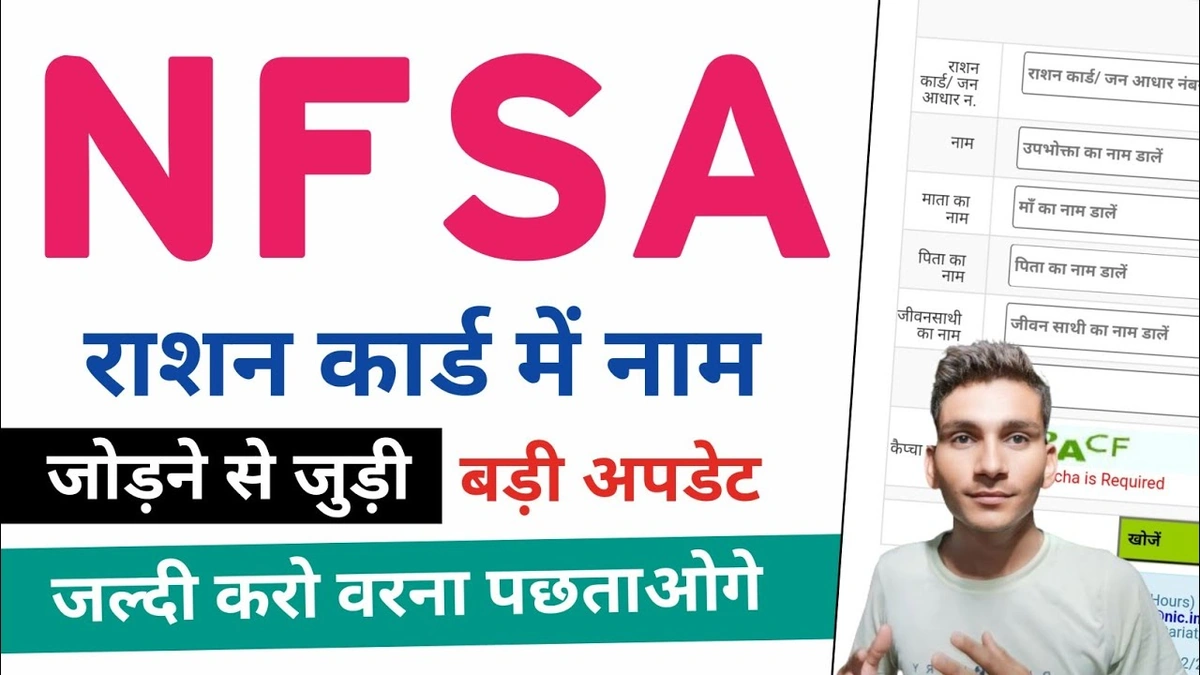
This is the part that truly fascinates me. The NFSA is so much more than a welfare scheme; it’s a powerful economic tool. It acts as a massive, nationwide shock absorber that protects the most vulnerable from economic jolts.
Think about it. A daily wage labourer loses a week of work due to heavy rains. A small farmer has a bad harvest. A factory worker in a city suddenly gets laid off. In these situations, the first budget item to get squeezed is often food. Families might skip meals or switch to less nutritious, cheaper options. This is where the NFSA steps in.
By guaranteeing a basic quantity of food, the NFSA ration card frees up a small but crucial part of a family’s meagre income. That money can then be used for other essentials: a child’s school fees, medicine for an elderly parent, or simply keeping a roof over their heads. It provides a baseline of stability. We saw this in action on a massive scale during the COVID-19 lockdowns. When the entire economy shuddered to a halt, it was this pre-existing distribution network that allowed the government to quickly channel food to tens of crores of people, preventing a potential catastrophe.
And there’s a subtle but revolutionary detail hidden in the rules: the ration card is, by default, issued in the name of the eldest woman of the household who is 18 years or older. This is a deliberate move towards empowering women, giving them direct control over the family’s food security. It’s a small detail with massive implications for household dynamics and female agency. For a deeper dive into financial tools that empower, check out our guide on what happened to the SSA scheme .
The ‘One Nation, One Ration Card’ Revolution | Your Ration, Your Right, Anywhere
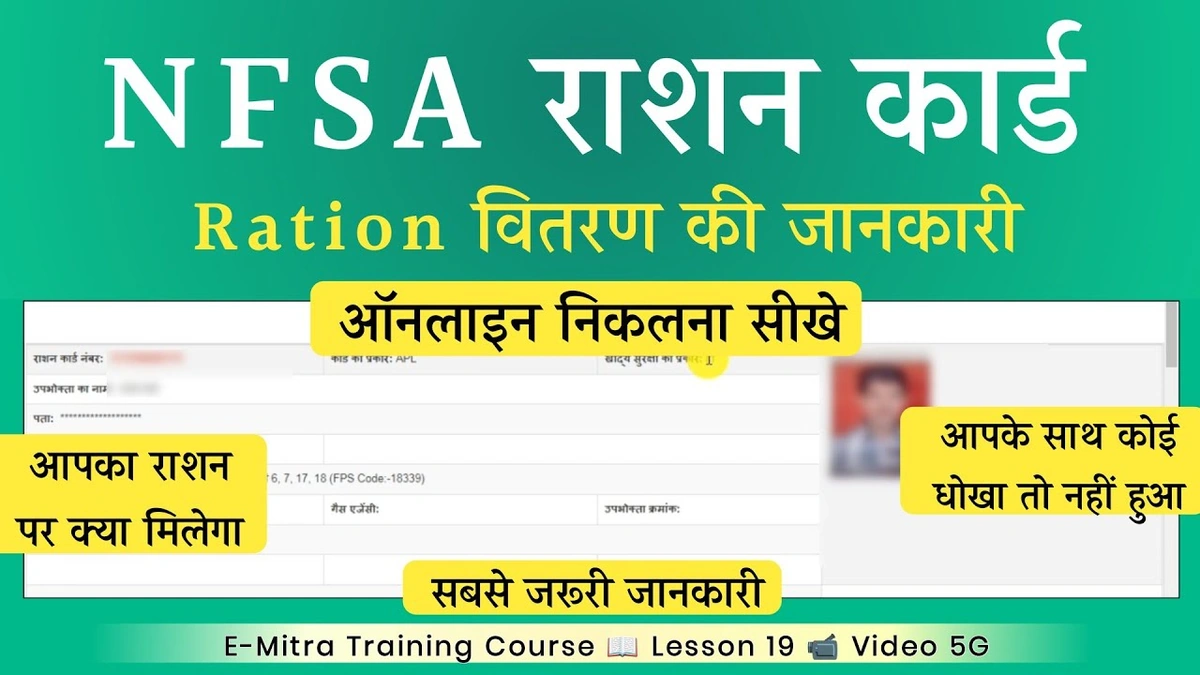
For decades, the ration system had a huge flaw. It was tied to a specific location. A migrant worker from Uttar Pradesh who moved to Mumbai for work couldn’t access his family’s food grain entitlement there. His ration card was essentially useless outside his home village. This created a painful choice: forgo work or forgo food security.
This is where the ‘One Nation, One Ration Card’ (ONORC) scheme, built on the NFSA framework, has been a complete game-changer. What a brilliantly simple, tech-driven idea.
By linking ration cards to Aadhaar numbers and creating a central digital repository, the system now allows beneficiaries to lift their share of food grains from almost any Fair Price Shop (FPS) in the country. The biometric authentication on an ePoS (Electronic Point of Sale) machine ensures that the right person gets the right entitlement. It’s the ultimate portability.
This single reform has untethered food security from geography. It empowers millions of migrant labourers, construction workers, and seasonal workers to access their rights wherever their search for a livelihood takes them. It’s a perfect example of how technology can be used to deliver welfare more effectively and humanely. The scale of this operation is truly mind-boggling, similar to the complexity behind financial markets, which you can understand better in our Nifty explained article.
Frequently Asked Questions (Because Let’s Be Honest, It’s Complicated)
What if I don’t know if I’m eligible for an NFSA ration card?
Eligibility criteria are set by individual state and UT governments. Generally, they are based on specific inclusion and exclusion criteria (like not owning a four-wheeler, not paying income tax, etc.). The best way to check is to visit the official food portal of your state government or inquire at your local Tehsil or DSO (District Supply Office).
I moved to a new city for work. How do I use the ‘One Nation, One Ration Card’ facility?
As long as your NFSA ration card is linked with your Aadhaar, you don’t need to do anything special. Just visit the nearest Fair Price Shop (FPS), provide your ration card or Aadhaar number, and authenticate your identity using the ePoS machine’s fingerprint scanner to claim your grains.
What’s the real difference between NFSA and PM-GKAY?
Think of it like this: The NFSA is the permanent law, the foundational platform that guarantees your regular monthly entitlement of subsidised food (e.g., 5 kg per person). PM-GKAY was a special, temporary scheme launched during the pandemic that provided an additional 5 kg of food grains for free, over and above your normal NFSA quota. While the free grain provision has been extended, the core entitlement comes from the NFSA.
My local ration dealer isn’t giving the correct amount of grain. What can I do?
This is a serious issue. You have the right to your full entitlement. Every state has a grievance redressal mechanism. You can call the national toll-free helpline number 1967 or the state-specific helpline numbers. You can also file a complaint online on your state’s food portal. Always ask for a printed receipt from the ePoS machine, as it’s proof of your transaction.
What if I’ve lost my application number or ration card?
Your Aadhaar number is your best friend here. Most state portals now allow you to find your ration card details using your Aadhaar. Visit the official website of the Food and Civil Supplies Department of your state, such as the one maintained by theGovernment of India, to find options for searching your details.
So, the next time you see that queue, remember it’s not just a line for food. It’s a testament to a massive, evolving promise. The National Food Security Act 2013 is an imperfect system, for sure, with challenges in implementation and leaks to plug. But at its heart, it’s a powerful declaration: that in a nation as vast and diverse as ours, the barest minimum a full stomach and the dignity that comes with it is a right worth fighting for, and a promise worth keeping.
